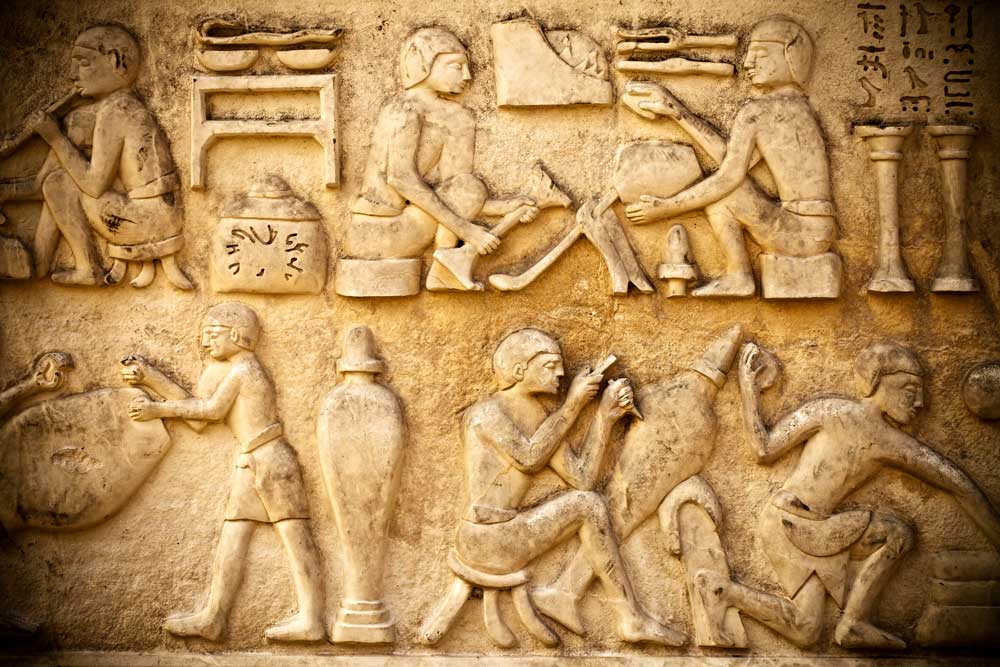Introduction
The Vietnam War (1955-1975) stands as one of the most defining conflicts of the 20th century, encapsulating the ideological struggles of the Cold War era between communism and capitalism. This essay explores the causes, key developments, and consequences of the Vietnam War, with a focus on the roles of international powers and the impact on Vietnamese society. By examining the geopolitical motivations behind the conflict and the human cost it incurred, this analysis aims to provide a broad understanding of the war’s significance in modern history. The discussion will cover the origins of the conflict, the involvement of the United States, and the long-term repercussions for Vietnam and global politics.
Origins of the Conflict
The roots of the Vietnam War lie in the aftermath of World War II and the decline of colonial powers. Vietnam, previously under French colonial rule, saw the rise of nationalist movements, notably led by Ho Chi Minh, who sought independence and embraced communist ideology. The Geneva Accords of 1954 temporarily divided Vietnam into the communist North, under Ho Chi Minh, and the anti-communist South, supported by Western powers (Herring, 2002). This division set the stage for conflict as both sides aimed for reunification under their respective ideologies. The Cold War context further exacerbated tensions, with the United States fearing the ‘domino effect’ of communist expansion in Southeast Asia. This ideological divide, combined with local aspirations for independence, created a volatile situation that inevitably led to war.
American Involvement and Escalation
The United States became deeply involved in Vietnam during the 1960s, driven by the policy of containment to curb the spread of communism. Under Presidents Kennedy and Johnson, military advisors and resources poured into South Vietnam, culminating in the deployment of combat troops following the Gulf of Tonkin incident in 1964 (Karnow, 1997). By 1968, over half a million American troops were stationed in Vietnam, yet victory remained elusive. The Tet Offensive of 1968, a coordinated attack by North Vietnamese and Viet Cong forces, exposed the limitations of U.S. military strategy and shifted public opinion against the war back home. Indeed, the conflict’s brutality—evident in events like the My Lai Massacre—further highlighted the moral and strategic dilemmas of American intervention (Herring, 2002). This period illustrates not only the challenges of counterinsurgency warfare but also the growing disconnect between policy goals and ground realities.
Consequences and Legacy
The Vietnam War concluded in 1975 with the fall of Saigon and the unification of Vietnam under communist rule, marking a significant defeat for the United States. The human toll was staggering, with millions of Vietnamese casualties and widespread destruction of infrastructure (Karnow, 1997). Furthermore, the war left a lasting scar on American society, fostering distrust in government and sparking anti-war movements. Globally, the conflict reshaped U.S. foreign policy, leading to a more cautious approach in subsequent interventions. For Vietnam, reunification came at the cost of economic hardship and isolation, though the nation has since embarked on a path of recovery and reform. Arguably, the war’s legacy continues to influence discussions on imperialism, interventionism, and the ethics of war.
Conclusion
In summary, the Vietnam War was a multifaceted conflict driven by ideological divisions, colonial legacies, and superpower rivalries. The involvement of the United States, while rooted in Cold War anxieties, ultimately revealed the limitations of military power in achieving political objectives. The war’s devastating impact on Vietnam and its ripple effects on global politics underscore the complexity of international conflicts. This analysis highlights the importance of understanding historical contexts and the human cost of war, offering lessons that remain relevant in contemporary geopolitical debates. Indeed, the Vietnam War serves as a poignant reminder of the challenges inherent in reconciling ideology with the realities of human suffering.
References
- Herring, G. C. (2002) America’s Longest War: The United States and Vietnam, 1950-1975. McGraw-Hill.
- Karnow, S. (1997) Vietnam: A History. Penguin Books.


